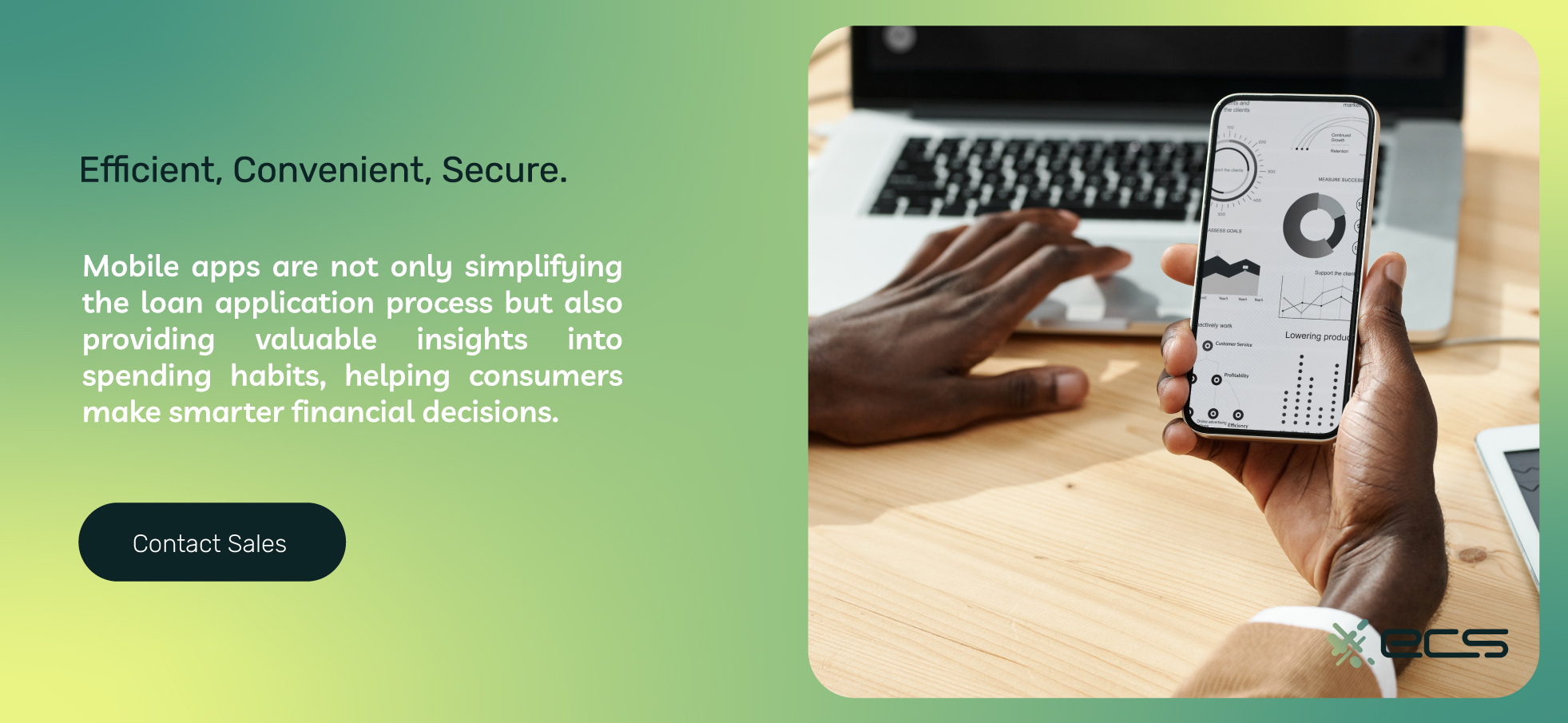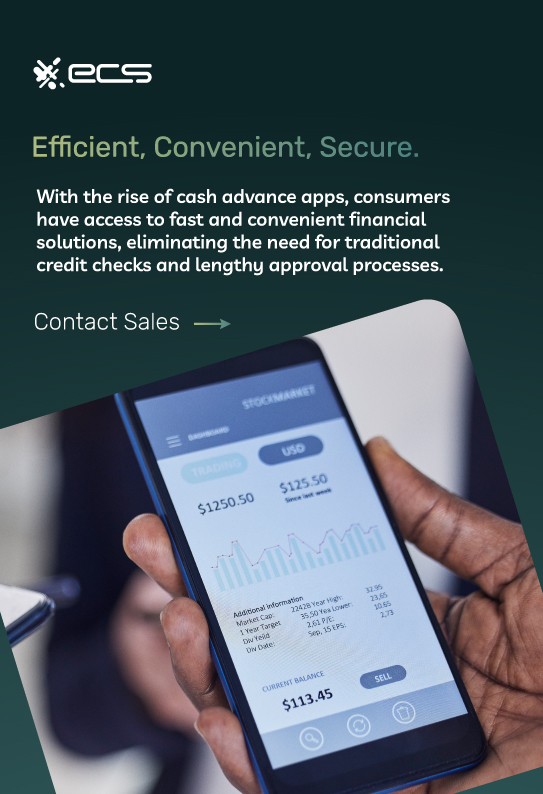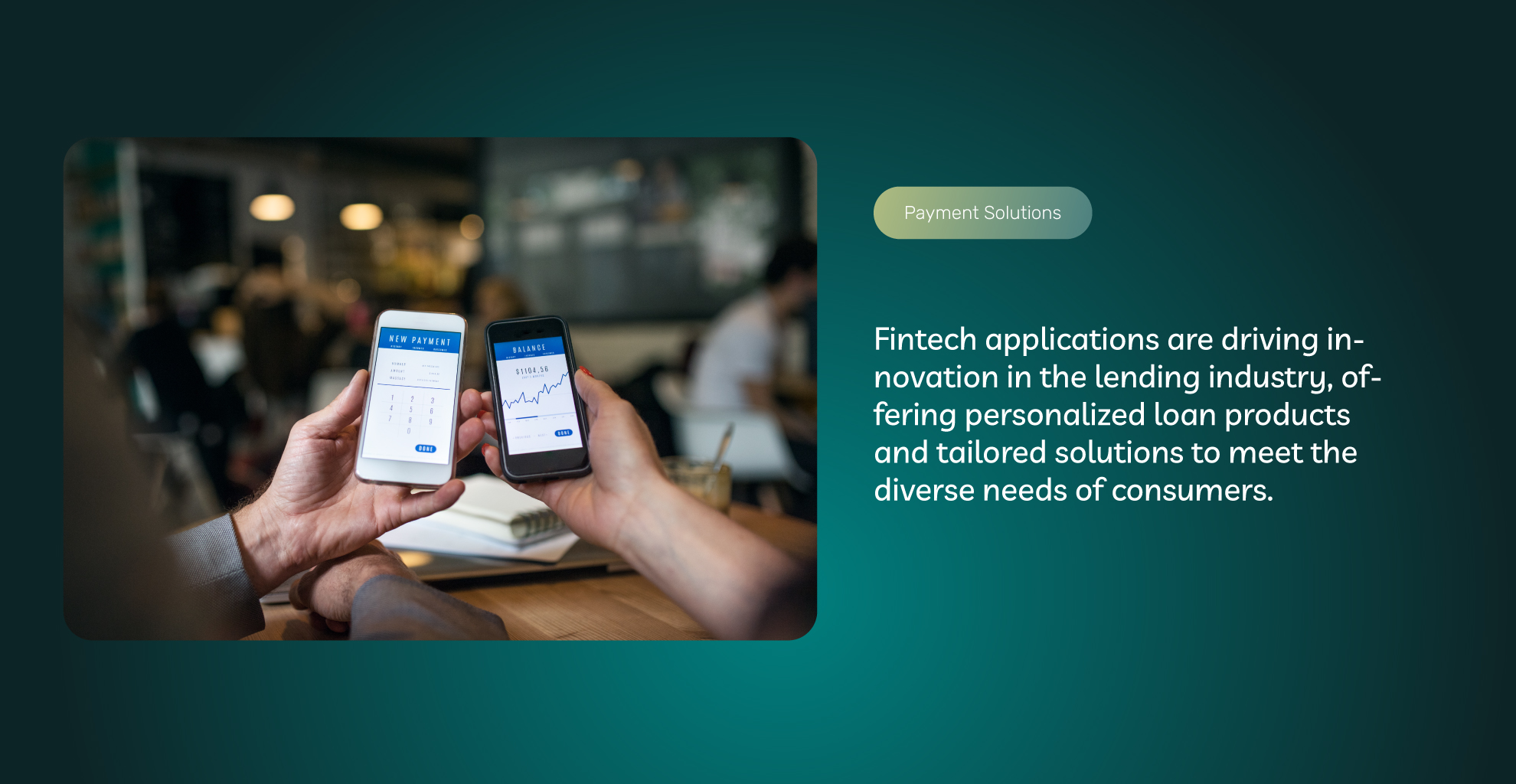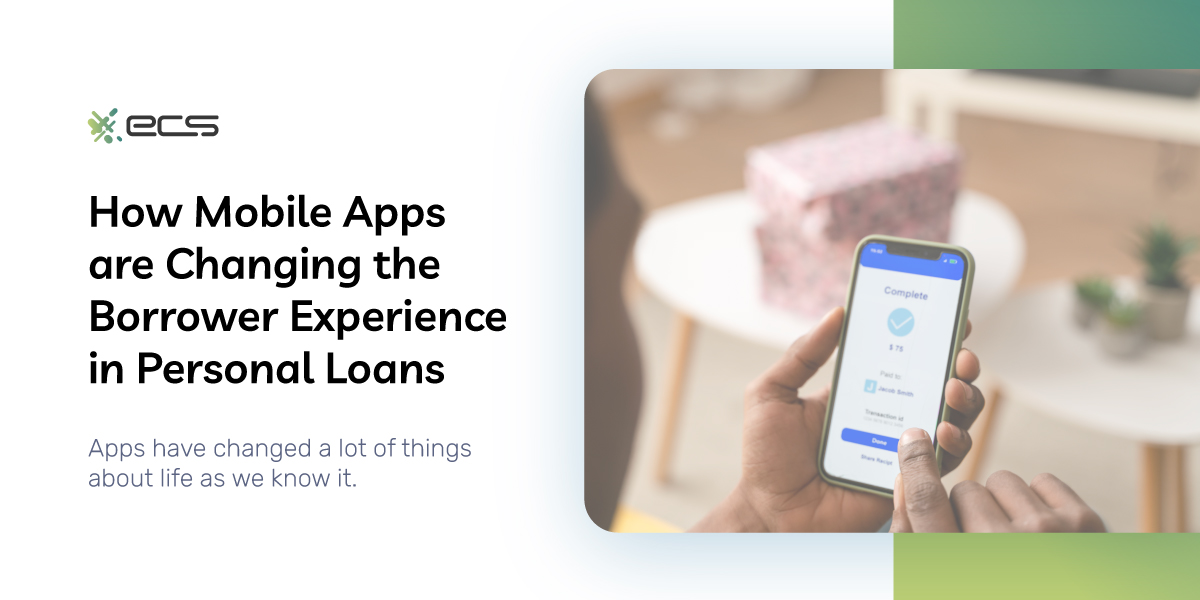American consumers finance a majority of their significant life decisions. They have auto loans, student loans, credit cards, mortgages, and personal loans. Managing these loans (e.g., paying them on time, refinancing, and debt consolidation) forms a significant part of their financial picture.
How have fintech apps changed the borrower experience? Apps have changed a lot of things about life as we know it.
Society is constantly using mobile applications for everything. We communicate with our social circle via Facebook and Instagram and forge professional connections on LinkedIn. We look for restaurants on Yelp, use apps to check our email, grocery shop, look at our bank account, and of course, we CandyCrush (yeah, we used that as a verb).
Applications and Funding For Personal Loans
With fintech apps, personal loan approval has become a much different ballgame. Loan applications used to involve a lengthy process of collecting personal information, which was then sent to a credit department. The credit analyst would examine the information and make a decision based on the potential borrower’s credit profile and other factors.
As many as 50% of U.S. banks are digitizing loan origination. However, this digitization is primarily on the front end. On the back end, only 8% of smaller banks and 32% of larger banks have automated the loan origination process with machine learning and AI.
These numbers show that bigger banks are switching to automation. They’re doing this in part to enhance customer experience. 33% of polled customers have expressed frustration over waiting on credit decisions and/or the difficulty of loan applications (28%). However, only 10% of online lender customers said the same thing.
Even if a bank wants to keep its back-end processes, the user experience of the loan application must be digitized and simplified. Customers do not want to put in their last three addresses and the contact info of their current employer. They want to put in as little information as possible and then check a box giving you approval to research more.

Fast Cash With Cash Advance Apps
Mobile apps can streamline the application process. Admittedly, some types of loans still require longer applications, but even these can be streamlined into pocket-sized mobile versions. As for unsecured loans (like credit cards), establishing loan eligibility can be as simple as collecting basic contact info, social media, and income.
Consumers will still have to wait for a credit card in the mail. However, some apps are accelerating the loan process even more. Applications like Dave, Brigit, and Beem use AI to analyze customer bank accounts for risk. Within seconds, they can deliver a customized cash advance offer based on the customer’s profile.
These cash advance applications offer a great degree of user convenience. Many times, credit scores are not considered as part of the application process—just their banking statements. These apps are heaven-sent for customers who can’t get a credit card or need emergency cash.
Improving Credit Scores by Reducing Utilization Ratios
Applications are also helping consumers improve their credit scores. Some of this comes about from providing transparency around loan maintenance. They check your credit score and send automated reminders when payments are coming up to avoid lender charges (late fees).
However, cloud-based subscription fintech applications have also created new possibilities for long-term financial management. Apps like Bright Money and Kickoff give customers a credit line to reduce their credit utilization ratio and improve their credit scores.
The credit utilization rate is how much credit a consumer has versus how much they have already used. As the rate goes up, their FICO score goes down. Credit lines offered by these apps (like Bright Money) are not usable as a loan or credit card. They are just to inflate a consumer’s overall amount of revolving credit.
In some applications, the customer can use the credit line to shop within the app. In other apps, customers can use the credit line to consolidate their other credit card debt. Either way, the primary goal of the loan terms is not to provide credit but to make it appear to credit reporting agencies that the customer has a greater amount of unused credit in their profile.
Financial Management
One poll found that 80% of consumers use financial apps for banking, budgeting, financial planning, or credit tracking. One aspect of financial management is reviewing purchases that have already been made. This helps consumers take a step back and see their own spending patterns—e.g., where they could improve.
Budgeting apps can allow consumers to funnel activity from several cards into one report. Their spending is broken down into categories and perhaps even made into some delicious, mouth-watering pie charts (we couldn’t resist). Some apps, like HoneyDue, can even be shared with a partner (how sweet).
Do lenders have any incentive to show customers a breakdown of their spending? Intuition would tell you not. After all, lenders make money on their interest rates. You would think they’d like customers to max out their cards, even if it made loan repayment take longer.


Show Me The Money…That I’ve Spent Already
Not so, necessarily. Lenders do not want borrowers to experience loan default. If greater transparency decreases the likelihood of a borrower not discharging their loan through bankruptcy, it’s a good thing.
Telling a customer that their dining out spending was 37% more than their monthly average may have long-term benefits (e.g., getting the loan repaid), just like it’s worth it for health insurance companies to spend money on preventative care rather than pay for acute surgeries.
Consumers are also showing increased penchants for transparency in all their B2C relationships. 80% of polled consumers want to use fintech apps that combine budgeting, credit monitoring, and payoff amounts in one place. And 72% of polled consumers (speaking generally) said that transparency was extremely important to win their loyalty.
Improved Rewards Experiences
Speaking of loyalty, apps can also improve the borrower experience in the area of rewards. In the past, rewards-based credit cards set categories in stone. For example, the Bank of America Cash Rewards Credit Card provided a 3% cashback on gas, 2% cashback on groceries, and 1% cashback on all other purchases.
Now, Bank of America, Discover, and other companies are letting customers choose what they want to earn more cashback on. This selection can be made right through the banking app. Startup fintech companies like Coinbase even let customers choose what cryptocurrency they want their rewards issued in.
Some banks and lenders also put rewards and points stores in-app for user experience and make it easy for customers to cash their points in from their phones. For example, Chase Bank has its own store with travel deals and retail goods where points can be redeemed. The PayPal Mastercard has an unrivaled feature that allows users to turn their points into cash instantly, just by transferring them to their PayPal balance.
Personal Loan Flexibility For Financial Institutions and Retailers
Lenders who sell repackaged loans will keep a lot more business if they use fintech correctly. In the olden days, if someone applied for a loan and didn’t get it, you lost a customer. That will still be unavoidable for lenders selling their own loans (e.g., a bank selling its credit cards).
But what about institutions that sell repackaged loans? Car loans, mortgages, refinances, and home equity loans are all examples of typically repackaged products.
Car dealers have been using this idea for a while. While a buyer sits in the showroom and drinks (very mediocre) free coffee, the loan officer is in the back, sweating bullets as he or she sends loan applications to every lender imaginable, trying to see who will offer the best deal.
In the past, consumers may have been advised not to let them do this since it would negatively impact their credit. But fintech today has made it possible for certain loan applications to not affect your credit score (e.g., with “soft hits” or no hits). Either way, if you (the lender) obtain permission from the customer to apply to multiple lenders, you are in the clear.
A mobile application becomes a sort of loan broker for finding the customer the right Home Equity Line of Credit (HELOC), mortgage, car loan, or refinancing opportunity. The customer does not need to know or see how many different lenders you work with. They just need to see the bottom line: a potential loan agreement with the best lender.
An app can streamline this process within seconds and present it simply to the customer: who the lender is, the amount of money, the annual percentage rate (APR), and any lender changes. If an app presents several choices to a borrower, they can weigh the pros and cons of each lender.

Reduced Losses For Retailers
However, lenders are not the only ones who can reduce customer losses. Business owners can also benefit from fintech apps. Customers can use a point-of-sale loan or BNPL (buy now, pay later) for financing a purchase, commonly referred to as installment loans.
An app can help the customer manage their purchase over time. Even if the payments are automated, they can see the progress of their repayment. They don’t have to limit their inquiries to the business day, as an app can be accessed 24/7. In some cases, if the app is connected to other aspects of your retailing, there may be opportunities to upsell.
Mobile Apps and Borrowers For Personal Loans Wrap Up
Different loans have different servicing requirements. Secured loans (e.g., collateral loans) may be more complex than credit cards. Still, companies like RocketMortgage have made it possible to break down the home loan process into pocket-sized pieces.
It will be interesting to see (given all the innovations that have already transpired) how the fintech landscape of lending applications continues to evolve and how it positively impacts the borrower experience.
Frequently Asked Questions About How Mobile Apps are Changing the Borrower Experience in Personal Loans
There’s a wide range of uses for mobile applications. They can help users consolidate their debt into one account and track their spending, which helps users better understand their financial health and credit utilization.
Fintech apps have transformed the personal loan application process with a more streamlined and user-friendly experience. Digitized front-end processes have negated lengthy traditional application processes, significantly reducing the time and information required from potential borrowers.
Cash advance apps and lending digital applications leverage AI to analyze customers’ personal information and bank accounts to offer customized lending options within seconds.
Certainly! Financial management apps, such as Bright Money and Kickoff, provide transparency in loan maintenance and management but also offer credit lines to help reduce credit utilization ratios. They help borrowers see how much credit they are using in total in one combined location to better manage their finances and maintain a lower utilization ratio to build better credit.
